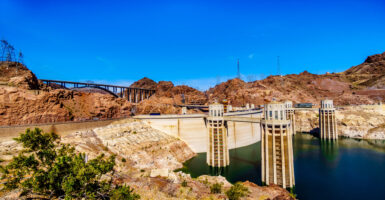20 Unusual Animal Migrations That Will Blow Your Mind
Ever wondered what the morning commute looks like in the animal kingdom? While most of us are stuck in traffic or squeezing onto packed trains, nature’s travelers are pulling off some truly mind-bending journeys that make our daily struggles look like a walk in the park. Some of these epic treks are so bizarre that they seem more like science fiction than natural history.
Here’s a collection of the most extraordinary animal migrations that prove truth is stranger than fiction.
The Great Christmas Island Red Crab March
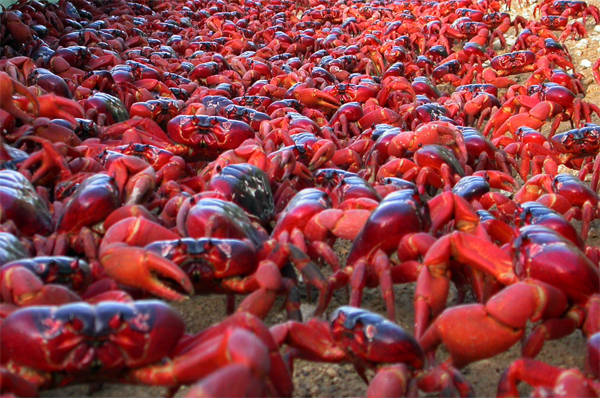
Picture a sea of crimson covering an entire island, with millions of determined crabs taking over roads, climbing buildings, and even forcing the local airport to occasionally pause operations. Every year, these flame-colored crustaceans turn Christmas Island into their red carpet, marching from the rainforest to the ocean in numbers so vast that they can be seen from space.
Residents have learned to embrace their annual roommates, creating special crab bridges and tunnels to help these determined travelers reach their destination.
The Mysterious Monarch Butterfly Super-Generation
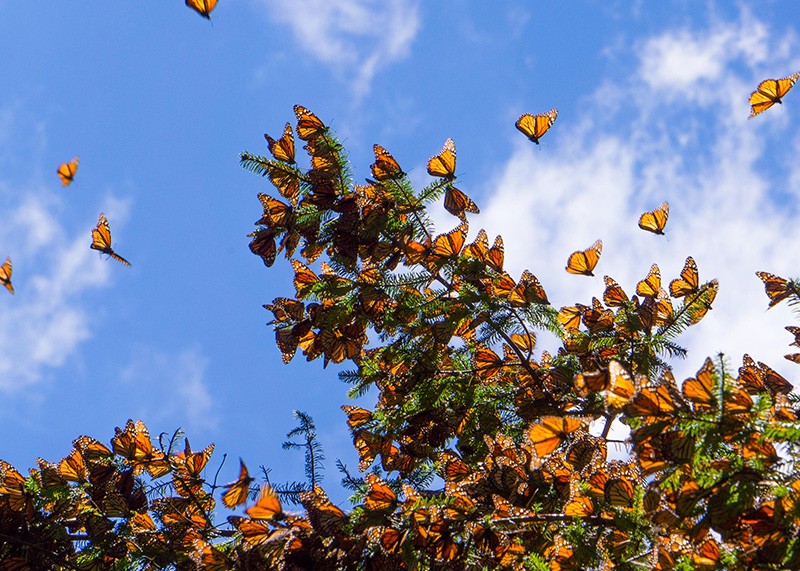
Talk about family legacy! While most monarch butterflies live for just a few weeks, there’s one special generation each year that lives for up to eight months and travels from Canada to Mexico. These super-butterflies navigate with an internal compass that would put most GPS systems to shame, finding their way to the same trees their great-great-grandparents visited despite never having been there before.
It’s like having ancestral memory downloaded directly into their tiny butterfly brains.
Like Go2Tutors’s content? Follow us on MSN.
The Semi-Aquatic Sheep of the Orkneys
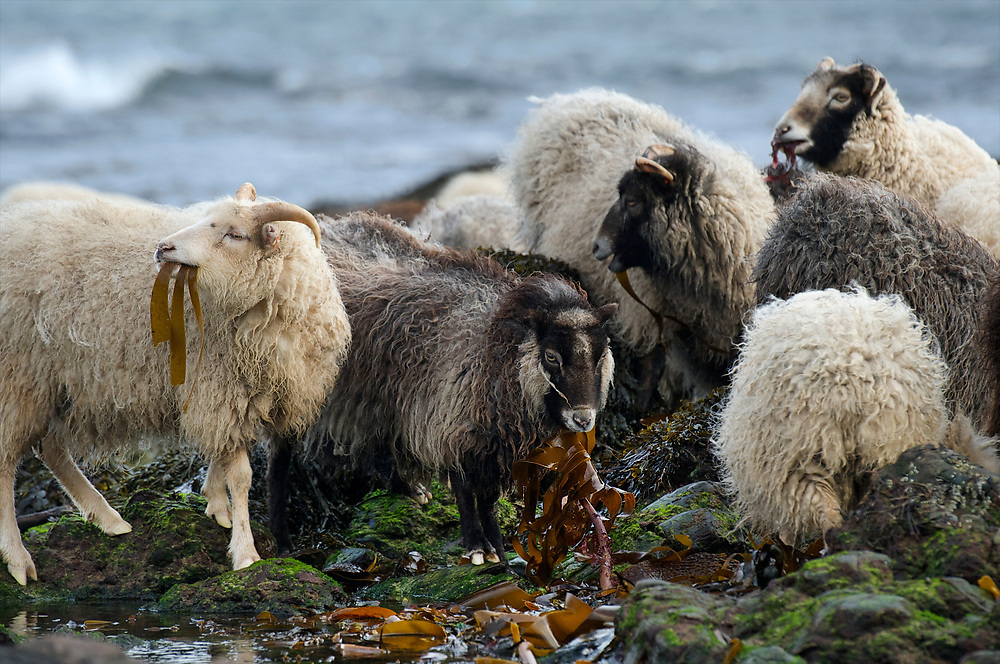
On Scotland’s remote North Ronaldsay Island, a breed of sheep has developed a bizarre migratory pattern that follows the tides. These woolly wanderers spend most of their time grazing on seaweed along the shoreline, moving back and forth with the ocean’s rhythm.
They’ve evolved to process seaweed so efficiently that they prefer it to grass, making them the world’s only truly seaweed-eating sheep.
The Desert-Crossing Desert Locusts
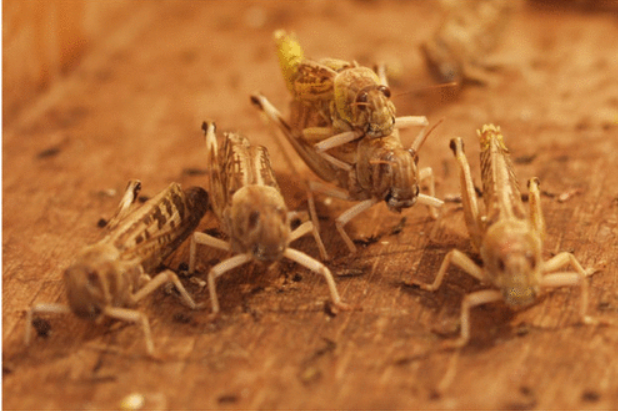
When these insects get the travel bug, they commit to it. Desert locusts transform from solitary homebodies into unstoppable travel enthusiasts, forming swarms that can cross the entire Sahara Desert in a single generation.
A single swarm can contain billions of individuals, consume more food than the entire population of New York City in a day, and travel up to 100 miles in 24 hours.
The Backwards-Swimming Salmon
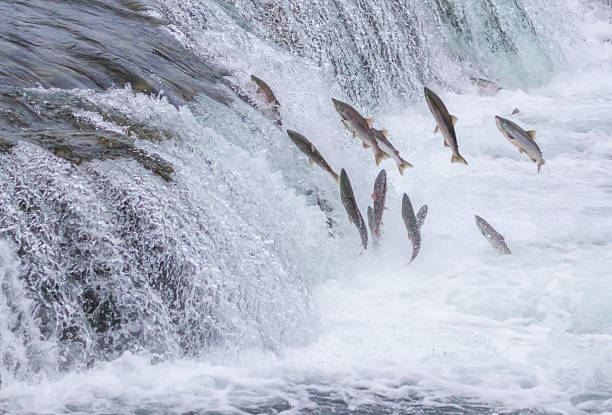
While salmon migrations might seem familiar, the sockeye salmon of Iliamna Lake, Alaska, take things to a whole new level. These determined fish don’t just swim upstream; they navigate through freezing waters so mineral-rich and turquoise-blue that scientists initially thought they were toxic.
The salmon have developed specialized adaptations to handle water conditions that would be lethal to most other fish species.
Like Go2Tutors’s content? Follow us on MSN.
The High-Flying Bar-Headed Geese
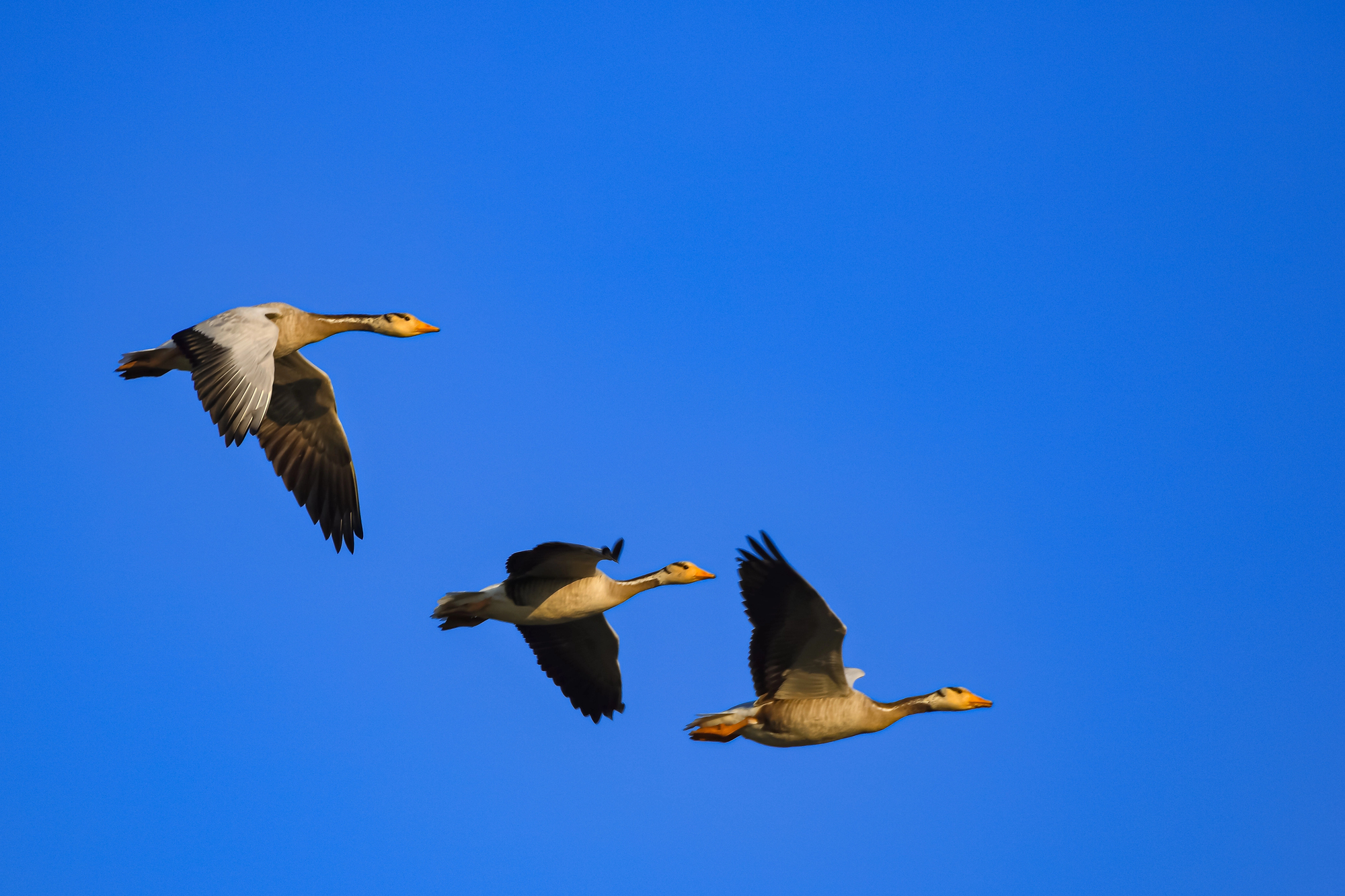
Imagine climbing Mount Everest without oxygen tanks. Now, imagine doing it twice a year. Bar-headed geese make this journey regularly, flying over the Himalayas at heights where the air is so thin that human climbers need supplemental oxygen.
These avian athletes have evolved special hemoglobin that allows them to extract oxygen from the thin air with extraordinary efficiency.
The Globe-Trotting Arctic Tern
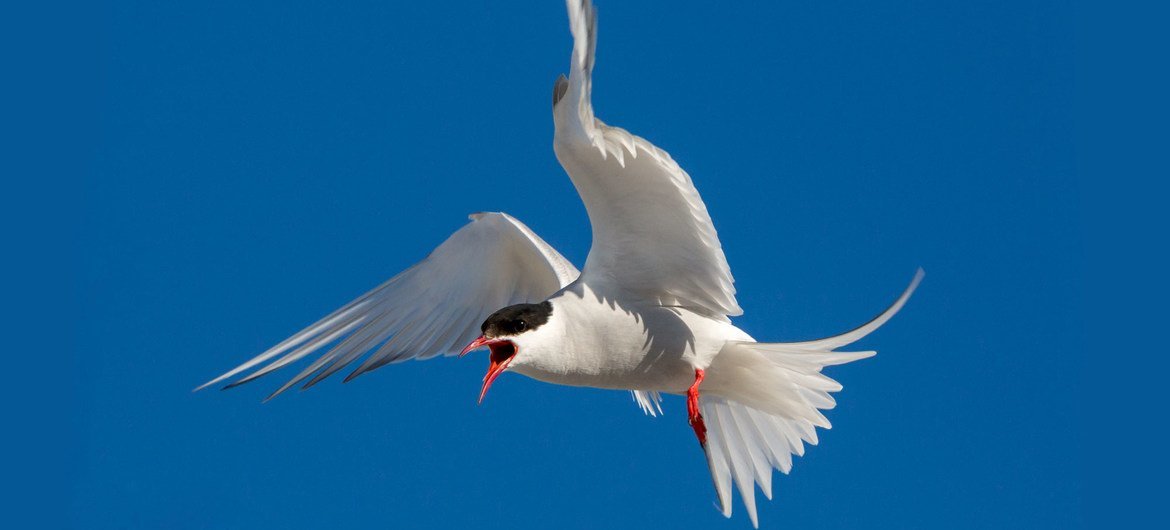
These frequent flyers make every other migration look like a quick trip to the corner store. Arctic terns complete the longest known animal migration, traveling from the Arctic to the Antarctic and back each year – a round trip of about 44,000 miles.
That’s like circling the Earth twice just to catch some sun and find good fishing spots.
The Synchronized Swimming of the Sardine Run
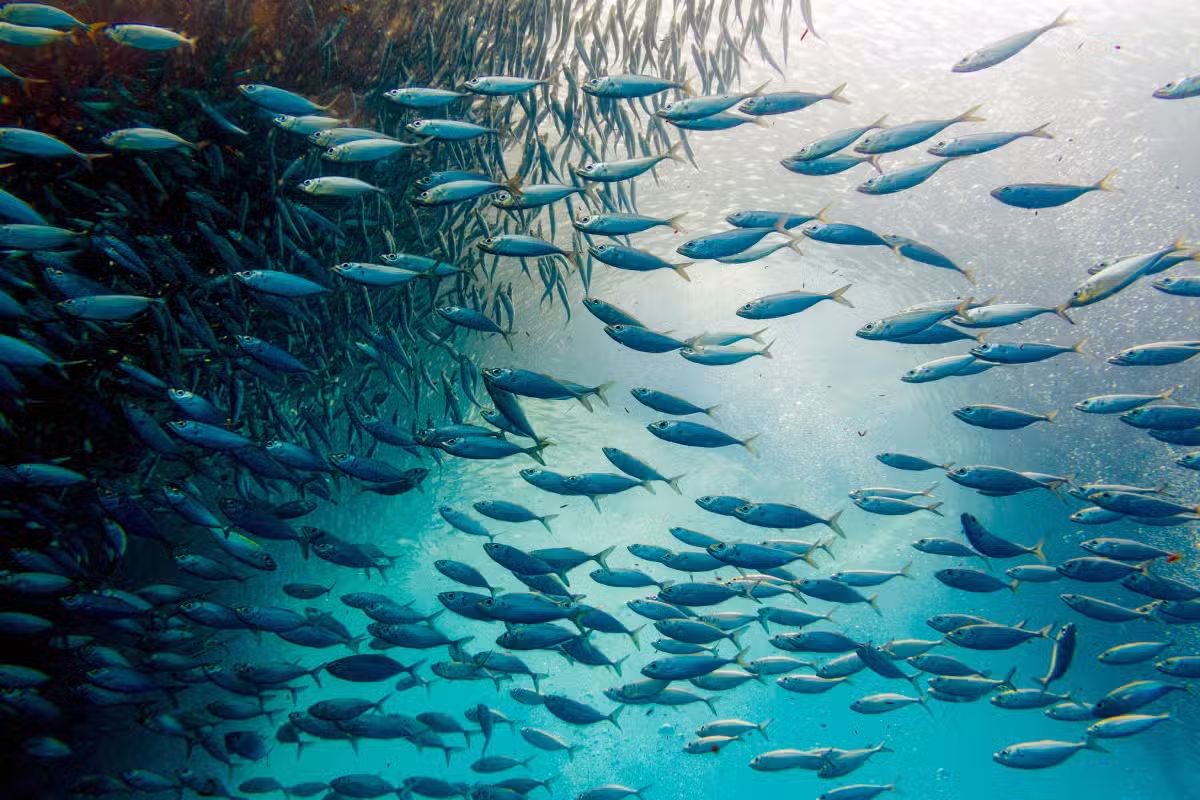
Off the coast of South Africa, billions of sardines create what locals call the “Greatest Shoal on Earth.” This underwater marathon attracts such a diverse array of predators that it creates temporary underwater cities of feeding frenzies.
Dolphins, sharks, whales, and seabirds all show up for this annual all-you-can-eat buffet.
Like Go2Tutors’s content? Follow us on MSN.
The Mountain-Climbing Goats of the Italian Alps
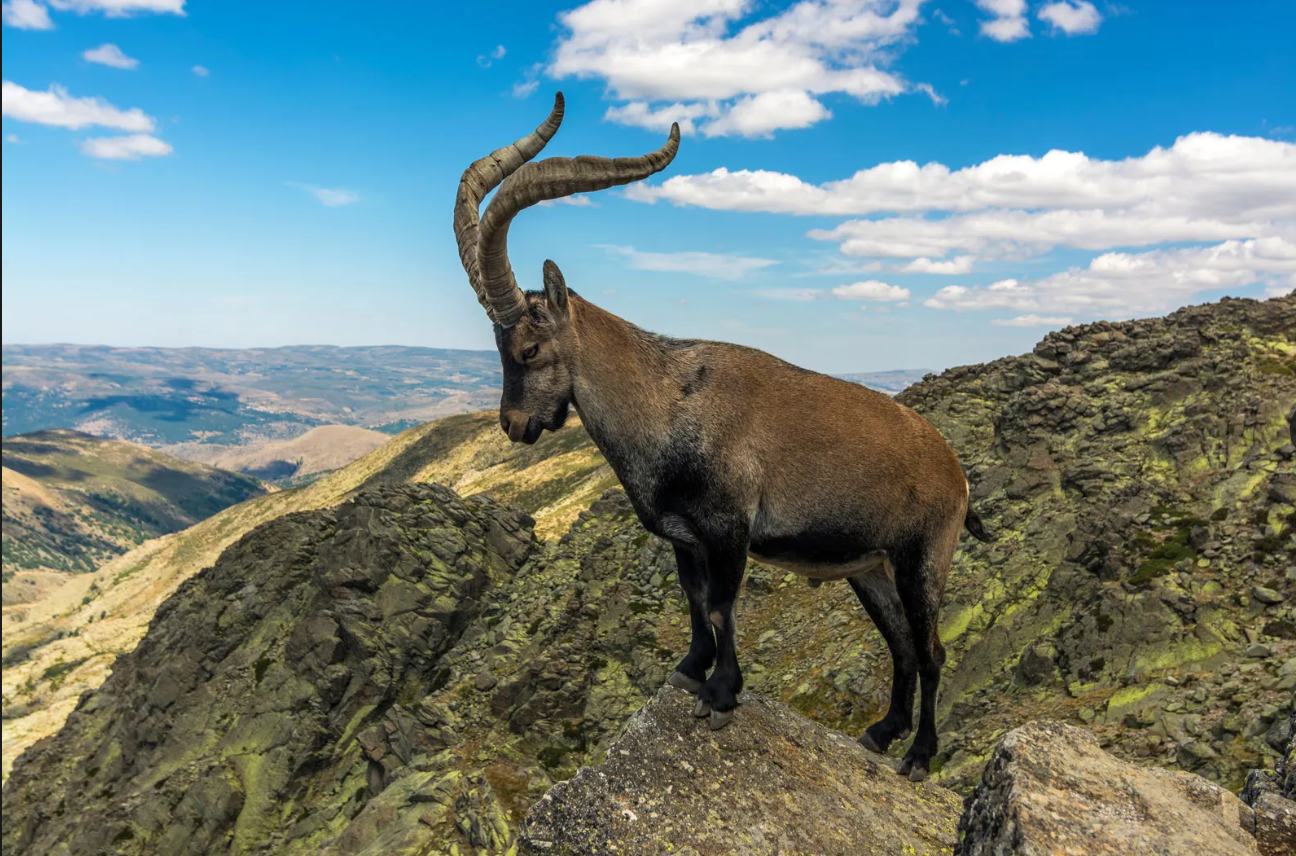
The Alpine ibex has developed a rather unusual vertical migration pattern. Instead of moving north to south like sensible animals, they climb nearly vertical dam walls to lick minerals from the stones.
These gravity-defying goats can be seen casually walking up surfaces that would make professional climbers nervous, all for a taste of their favorite mineral supplements.
The Underground Express of the Blind Snake
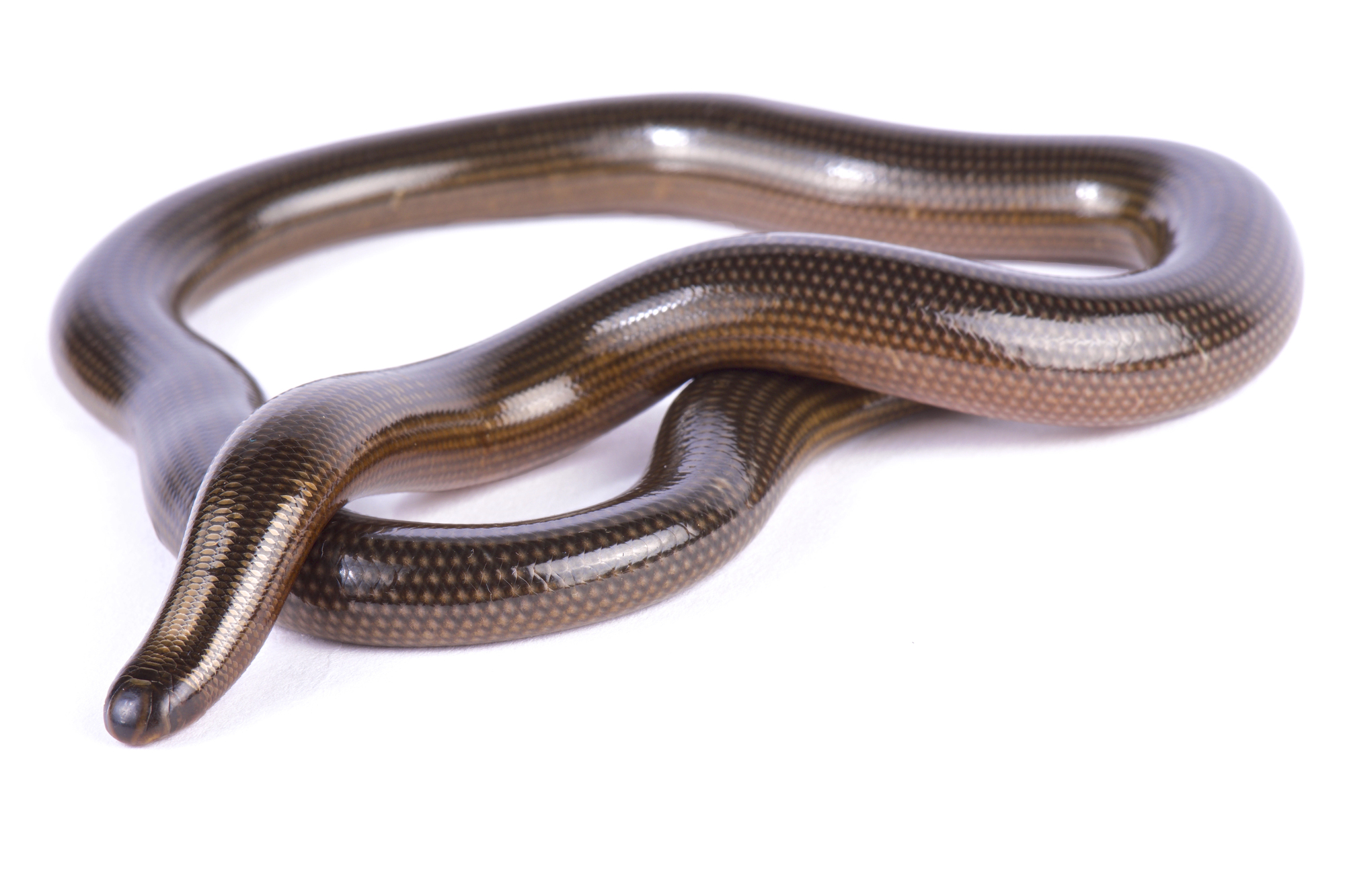
Beneath the surface of the Yucatan Peninsula, blind snakes navigate through an extensive network of underwater caves, moving between different chambers as water levels fluctuate with the seasons.
These remarkable reptiles have lost their eyes but developed an incredible ability to navigate through total darkness using chemical and pressure signals.
The Sky-Dancing Mormon Crickets
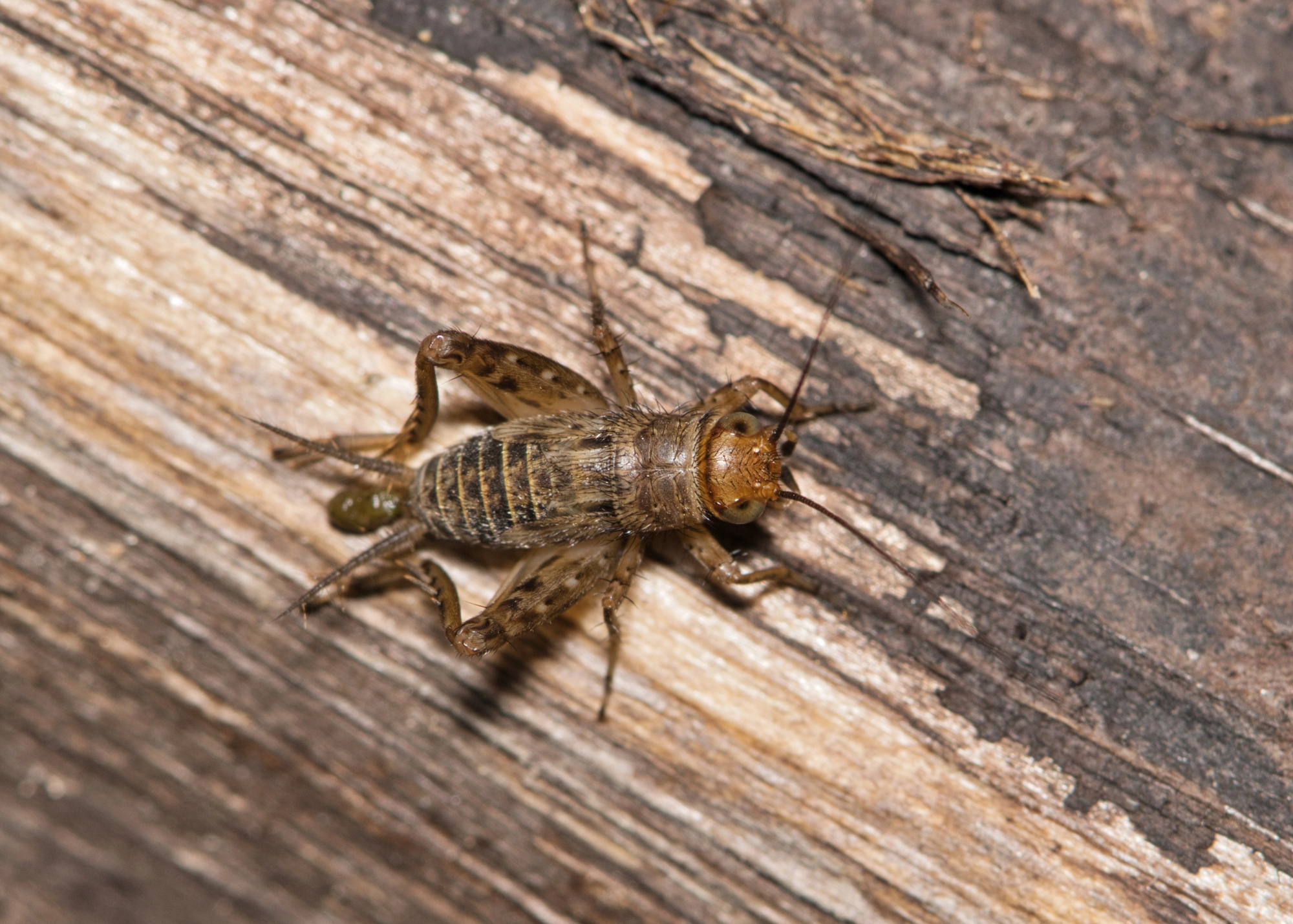
Despite their name, these insects aren’t crickets at all but shield-backed katydids. When food becomes scarce, they form massive marching bands that can stretch for miles.
The weird part? They’re constantly on the move because if they stop, their companions will eat them. It’s like a bizarre game of musical chairs where stopping means becoming somebody’s lunch.
Like Go2Tutors’s content? Follow us on MSN.
The Shape-Shifting Sea Cucumbers

Every year, deep-sea sea cucumbers in the Gulf of Mexico perform what scientists call a “seasonal suicide march.” They crawl up to shallower waters, deliberately deflate their bodies to become neutrally buoyant, and drift with currents to new feeding grounds.
It’s the underwater equivalent of turning yourself into a balloon to catch a ride on the wind.
The City-Dwelling Leopard Slug Ballet
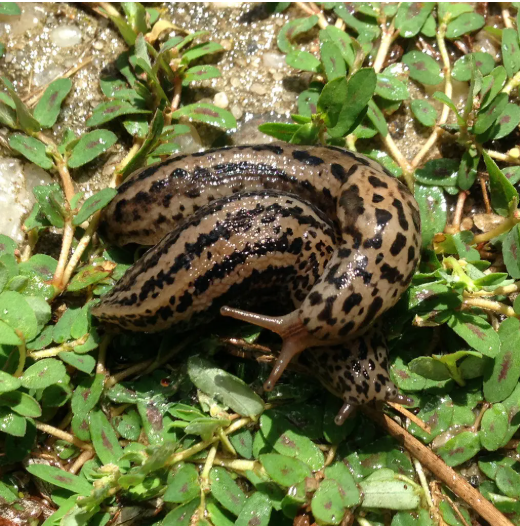
In urban areas across Europe, leopard slugs perform one of nature’s most bizarre courtship migrations. On warm, humid nights, they climb to high points on buildings and trees to perform an elaborate mating dance while suspended on threads of mucus.
These urban acrobats prove that romance isn’t dead, even among gastropods.
The Time-Traveling Noctiluca
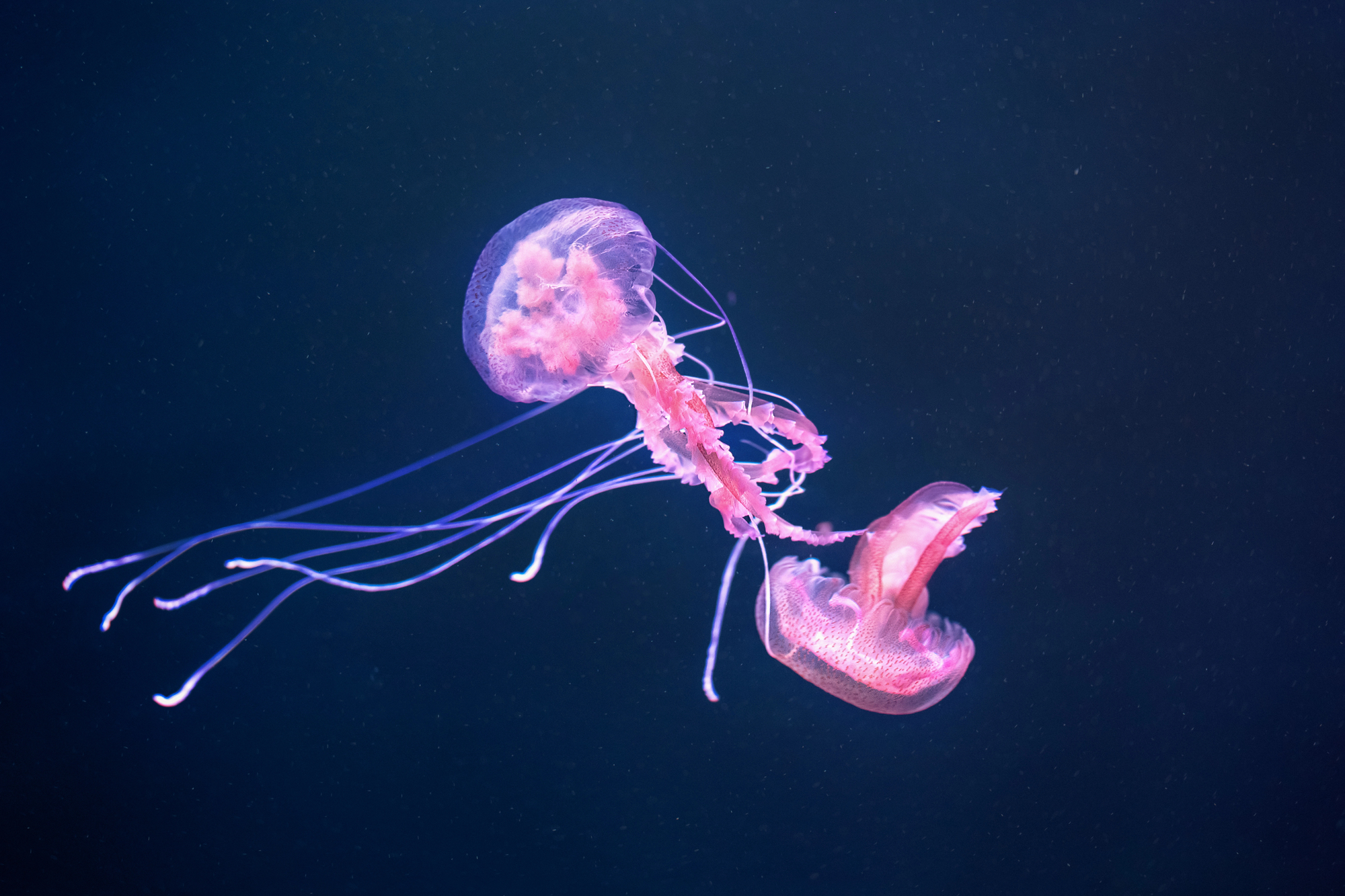
These bioluminescent plankton perform a daily vertical migration that’s so precise that it can be used to set your watch. They descend hundreds of meters during daylight hours and return to surface waters at night, creating spectacular light shows in the process.
It’s like having millions of tiny commuters with perfect timing.
Like Go2Tutors’s content? Follow us on MSN.
The Puzzle-Solving Octopus Migration
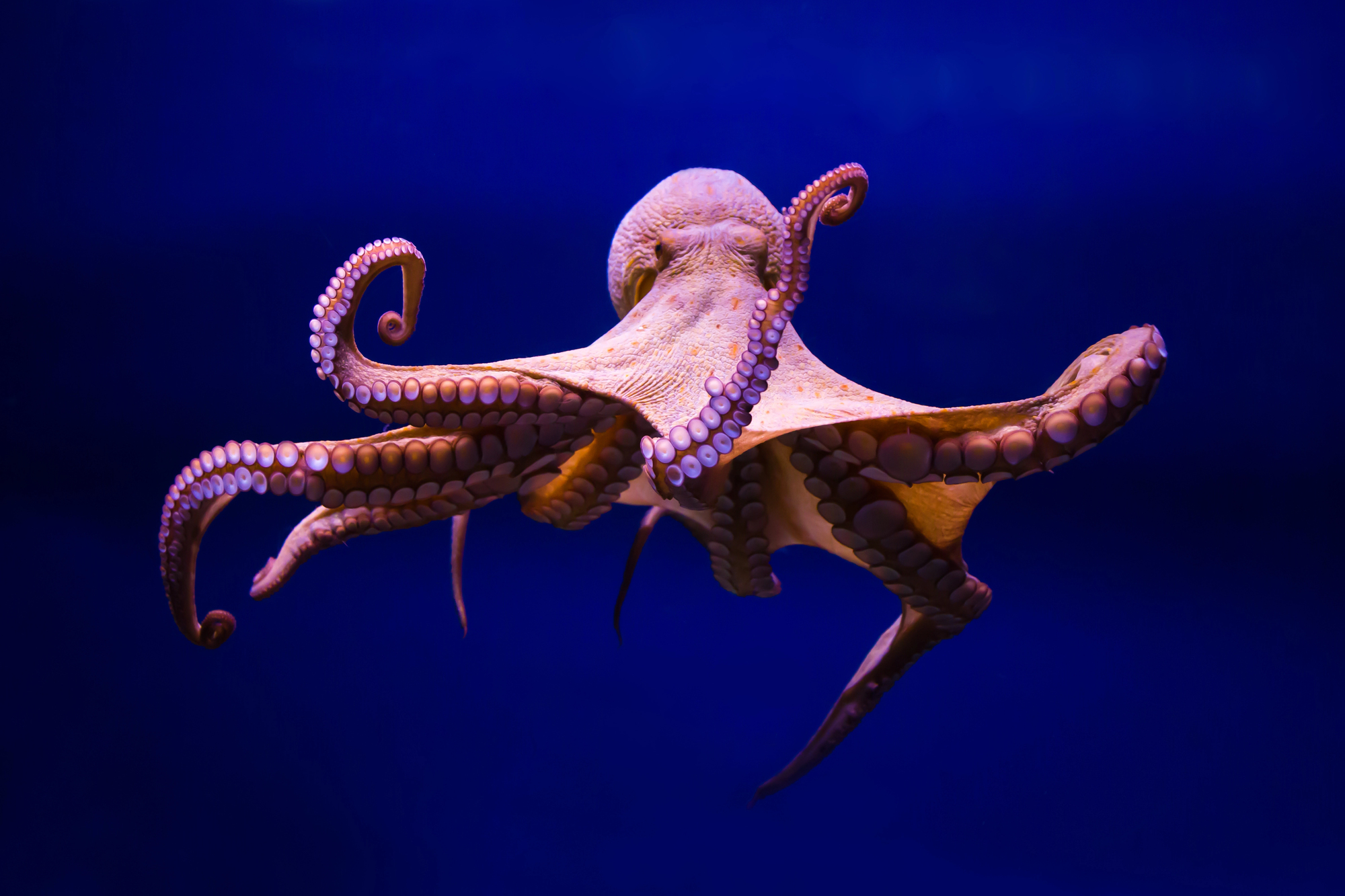
Off the coast of Australia, thousands of octopuses undertake a mass migration that requires them to solve spatial problems and remember complex routes. These eight-armed adventurers have been observed using tools, creating shortcuts, and even cooperating with other species to reach their destination.
Behaviors that were once thought impossible for invertebrates.
The Hitchhiking Remoras
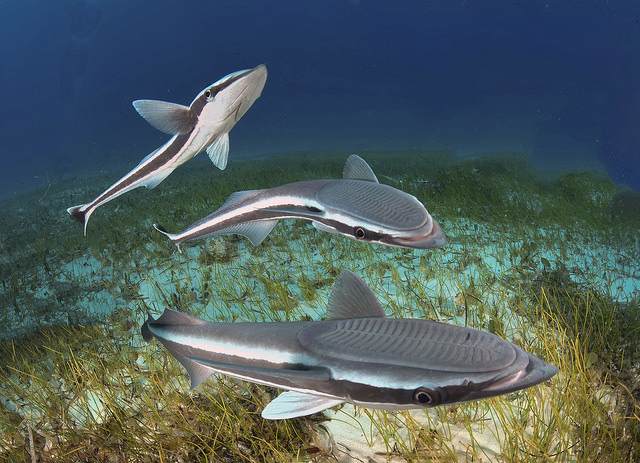
These fish have turned migration into an art form by letting others do all the work. Remoras attach themselves to whales, sharks, and even ships, traveling thousands of miles while expending minimal energy.
They’ve essentially invented the underwater equivalent of ridesharing, complete with a built-in suction cup attachment system.
The Cross-Country Caribou Dash

While many know about caribou migrations, few realize that caribou calves can outrun an Olympic sprinter within hours of being born. The Porcupine caribou herd travels over 1,500 miles each year, with newborns keeping up despite the constant threat of predators.
It’s like running a marathon every day while carrying a newborn.
Like Go2Tutors’s content? Follow us on MSN.
The Leapfrogging Whimbrels
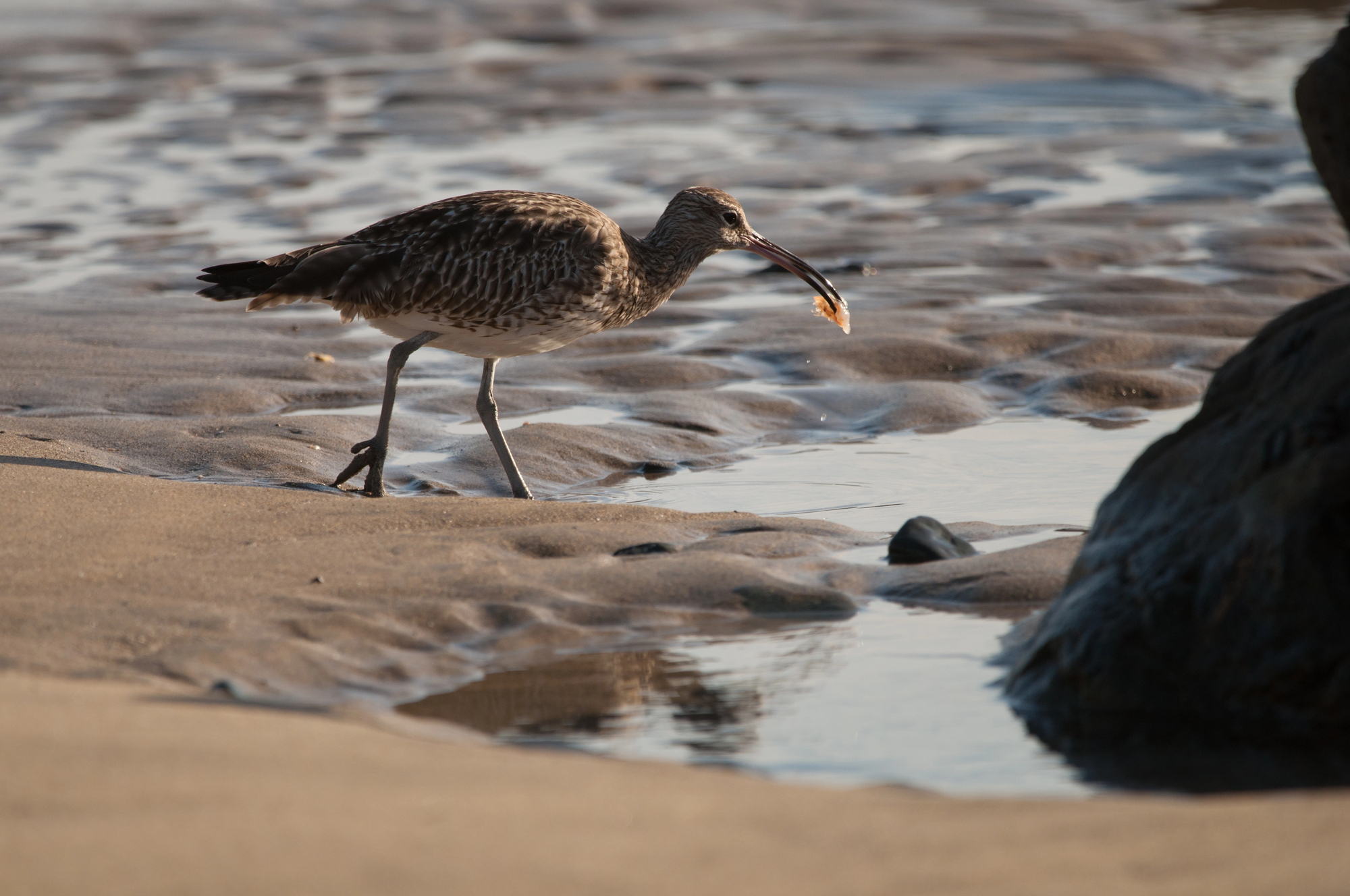
These shorebirds have mastered the art of hurricane surfing. They time their migrations to coincide with predictable weather patterns, using the outer edges of hurricane systems to gain extra speed and distance.
It’s nature’s version of extreme sports, with birds deliberately flying into conditions that ground commercial aircraft.
The Underwater Forest Migration
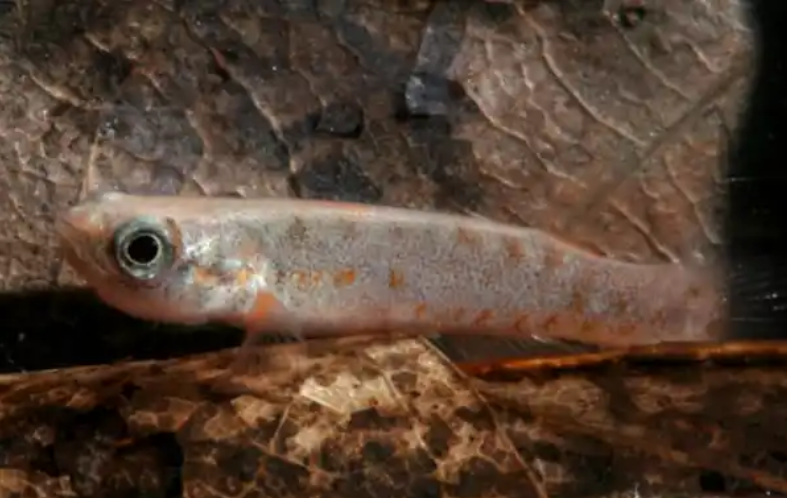
In the mangrove swamps of the Caribbean, tree-climbing fish called mangrove killifish perform regular migrations between temporary pools by crawling across land. They can survive out of water for weeks by breathing through their skin and finding shelter in moist logs.
Imagine if your local forest is periodically being filled with fish moving between trees.
The Living Cloud of Christmas Tree Worms
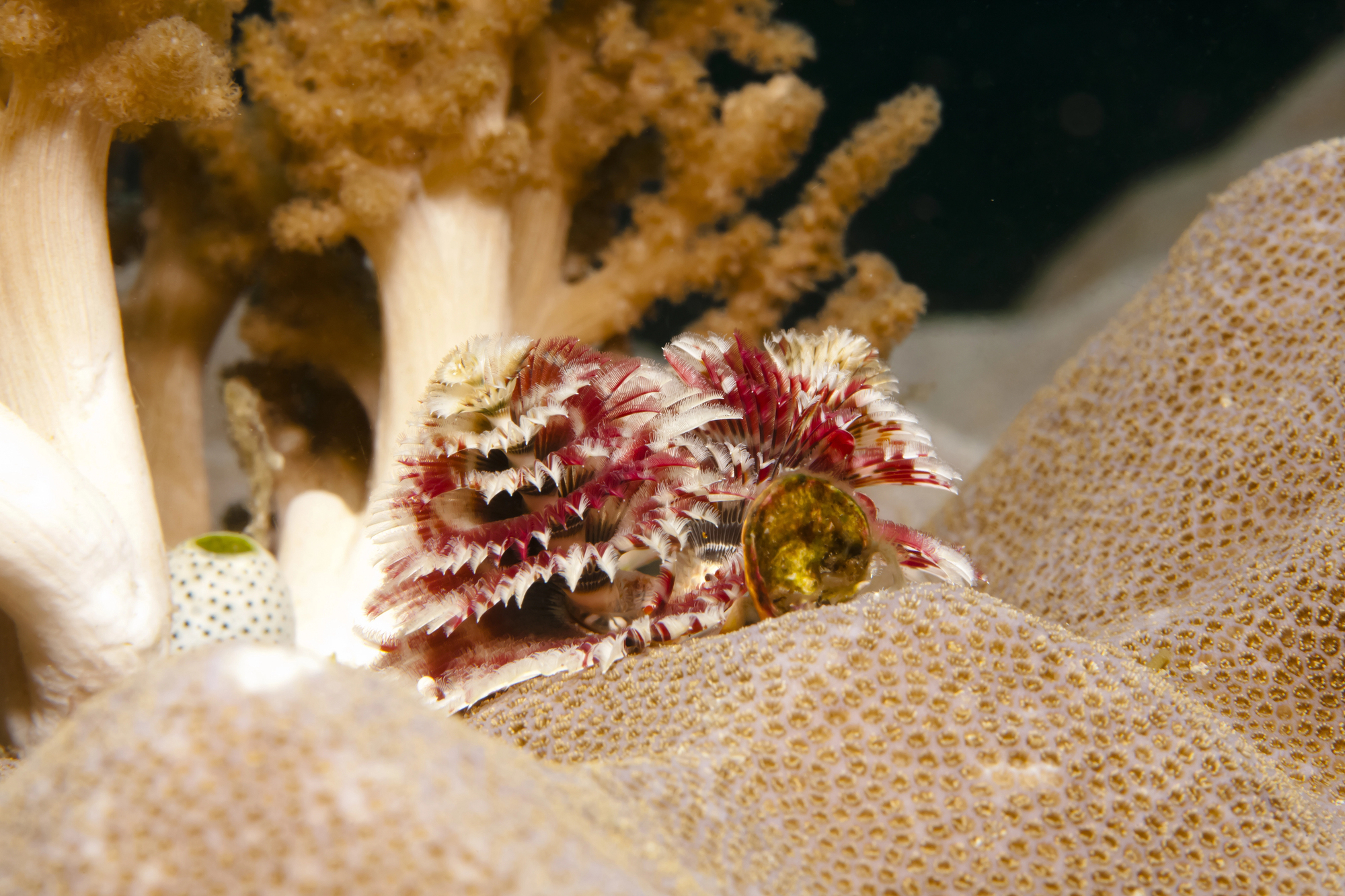
These sedentary creatures have evolved a unique approach to migration: they don’t move their bodies at all, just their offspring. Once a year, millions of Christmas tree worms release their larvae in perfectly synchronized bursts, creating living clouds that travel on ocean currents to establish new colonies.
It’s like a botanical approach to animal migration.
Like Go2Tutors’s content? Follow us on MSN.
Animals on the Move
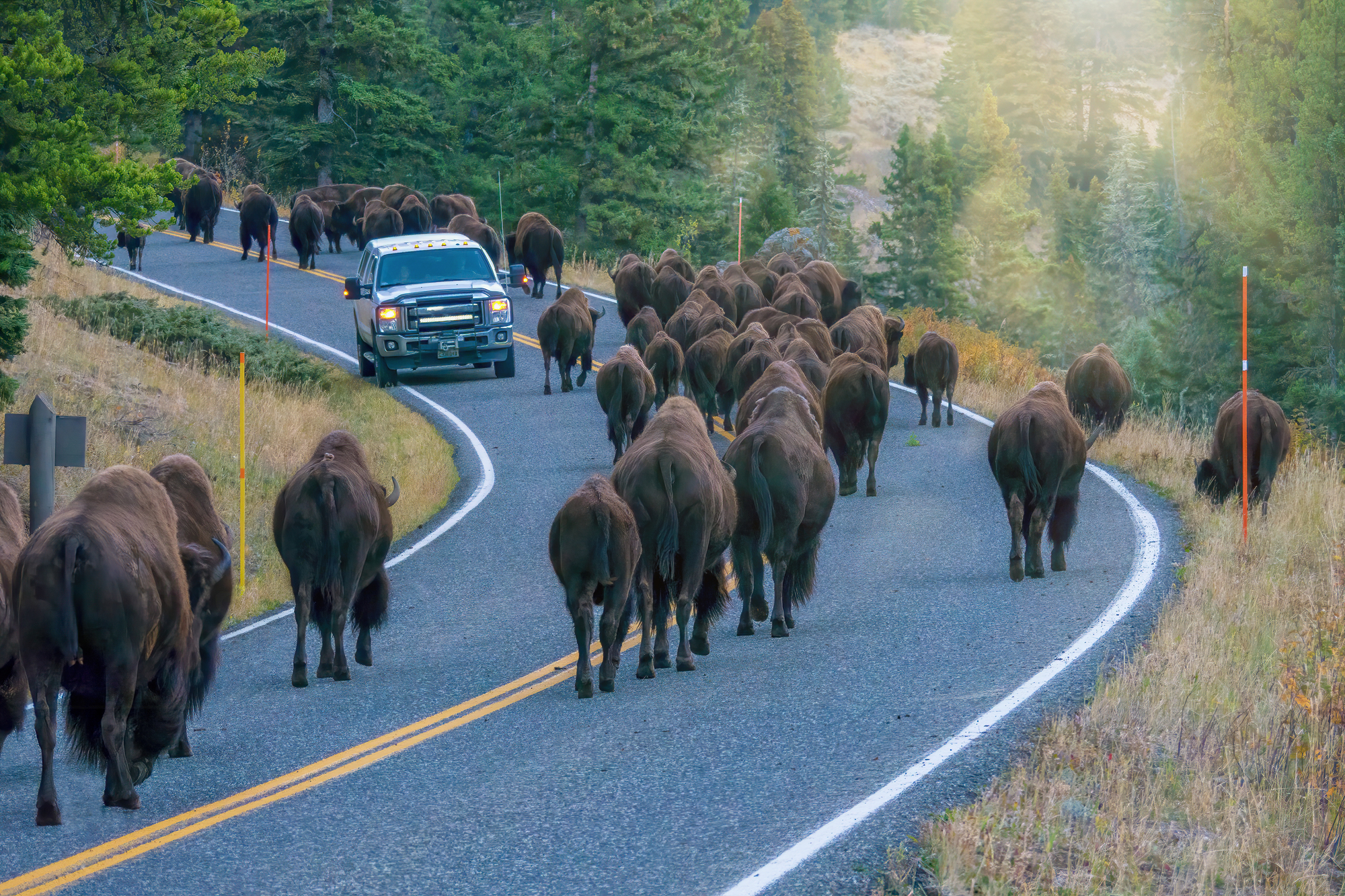
These extraordinary journeys remind us that nature’s ingenuity knows no bounds. From the depths of the ocean to the highest mountains, animals have developed migration strategies that continue to surprise and delight scientists and nature enthusiasts alike.
As our world changes, many of these remarkable travelers face new challenges, but their adaptability gives hope that they’ll find new ways to keep their ancient traditions alive. After all, if a sheep can learn to love seaweed and a fish can climb trees, anything seems possible in the wonderful world of animal migration.
More from Go2Tutors!

- Famous Battles: How Much Do You Really Know About U.S. History?
- Top 5 Most Important Skills, According To Harvard Business School
- How Well Do You Know 90s Pop Culture? Take the Quiz
- Master the Art of Public Speaking with These Expert Tips
- Think You Know Capitals? Put Your Knowledge to the Test
Like Go2Tutors’s content? Follow us on MSN.
